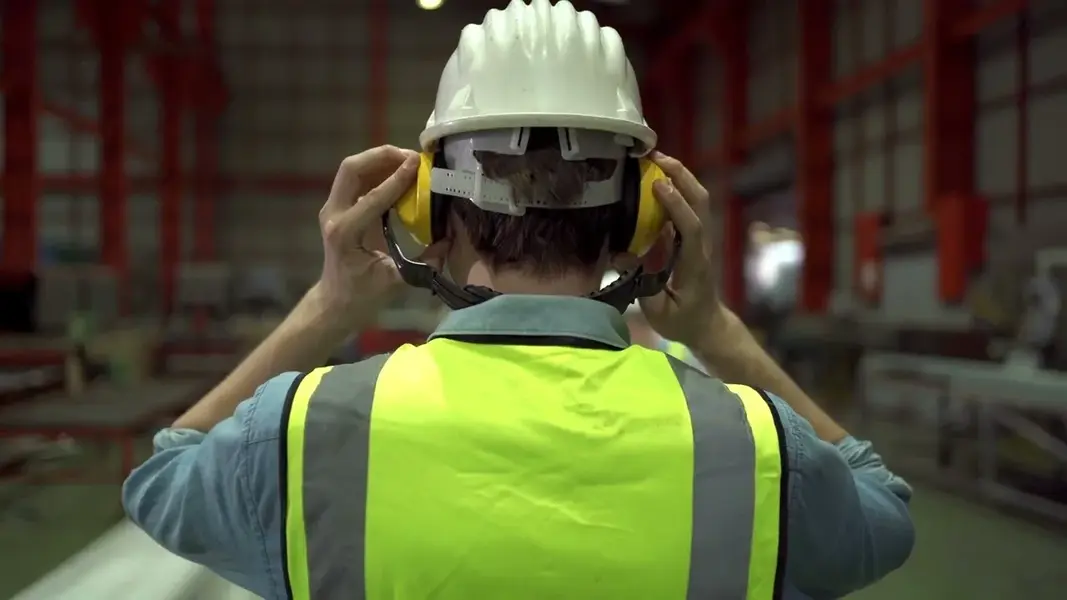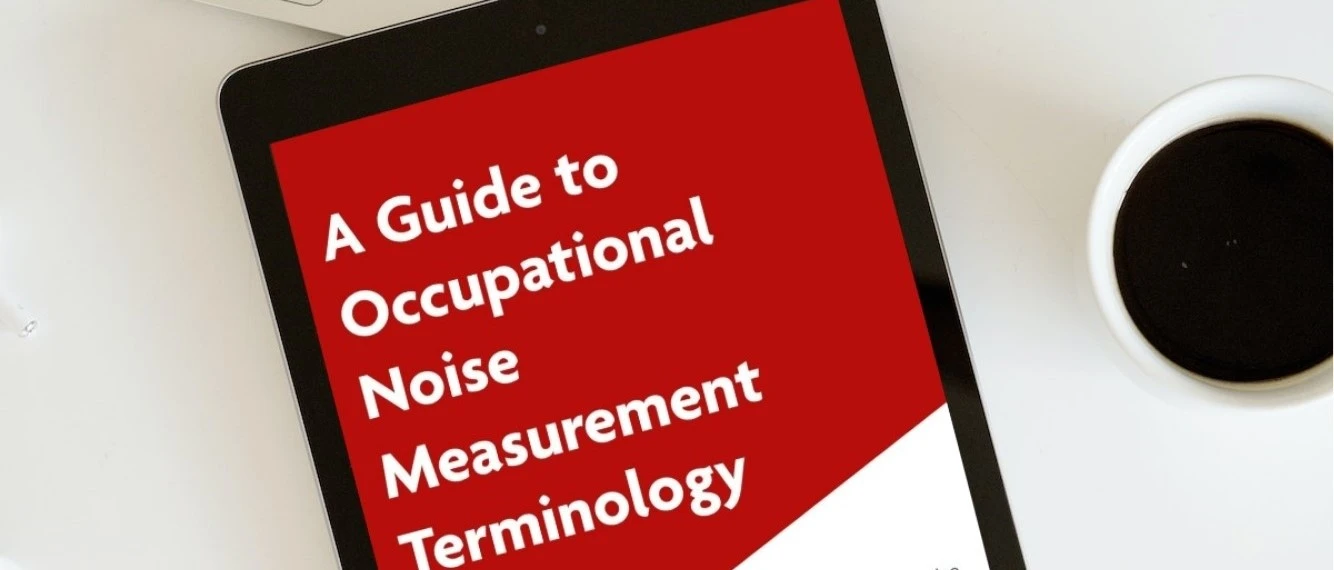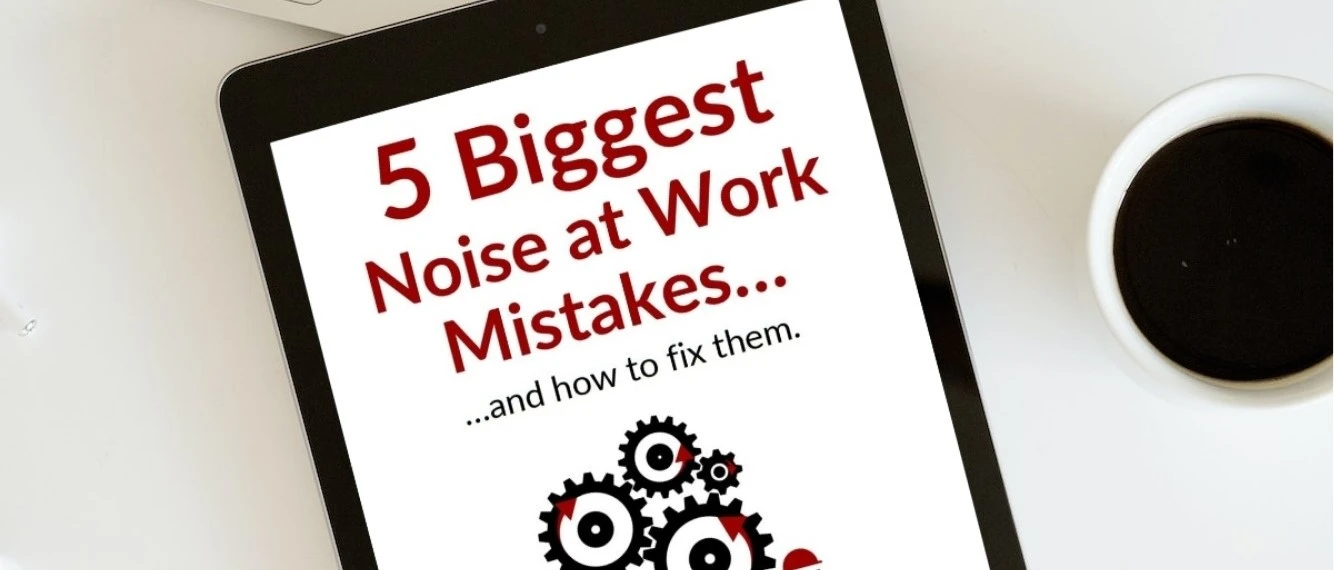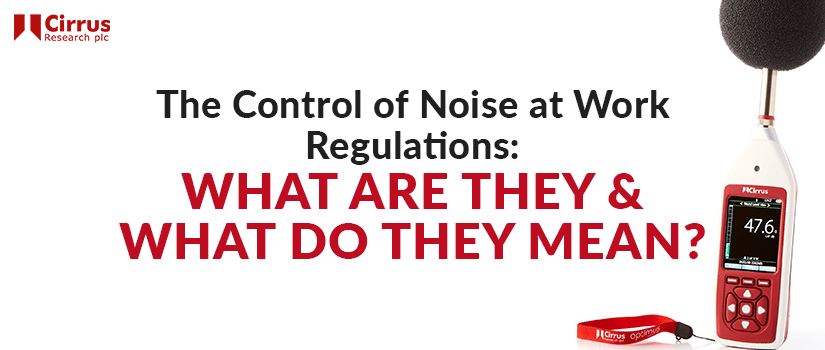Workplace Noise Monitoring
Workplace Noise Monitoring
Workplace noise monitoring for occupational noise is often an overlooked risk, but failing to address it can lead to serious consequences. Ignoring this hazard could result in fines or prosecution from regulatory bodies like the HSE in the UK. Additionally, businesses may face legal action from personal injury lawyers pursuing compensation for Noise-Induced Hearing Loss (NIHL) claims. It’s crucial to monitor noise levels and implement proper controls to protect employees and avoid legal and financial repercussions.
Why? Exposure to excessive noise levels can cause noise-induced hearing loss or tinnitus. Hearing damage is irreversible, so it is vital to ensure you are protecting your employees and your business.
Completing a Noise Risk Assessment can seem like a big task at first. That’s why Cirrus Research is here to help you find answers to common problems such as “Do I have a noise problem?” and “What do the Regulations require me to do?”
Protect Your Business
As part of your workplace noise monitoring activity, you must carry out regular Noise Risk Assessments and take action to reduce excessive noise exposure.
Cirrus Research is here to help you every step of the way, from choosing the right sound level meter or noise dosimeter to providing ongoing support. All of our noise measurement equipment complies with the Noise At Work Regulations, ensuring you are taking accurate measurements.
Help to Get Started
Here are some top tips for measuring workplace noise assessments in the UK:
- Identify noise sources: Start by identifying the sources of noise in your workplace. This will help you to determine which areas or processes require measurement.
- Determine measurement locations: Once you have identified the noise sources, determine where to take measurements. This will typically involve placing sound level meters at different locations around the workplace.
- Measure noise levels: Take measurements using sound level meters at the determined locations. Ensure that measurements are taken during normal working conditions.
- Calculate average noise levels: Calculate the average noise levels for each measurement location over a period of time, such as an 8-hour workday. You can use an integrating sound level meter such as the Optimus+ Industrial to help.
- Compare noise levels with exposure limits: Compare the average noise levels with the exposure limits specified in the Control of Noise at Work Regulations 2005. If the noise levels exceed these limits, you will need to take action to reduce employee exposure to noise.
- Record and report findings: Record your findings and report them to the appropriate people within your organization. This will help to ensure that necessary actions are taken to reduce workplace noise levels and protect employee health.
- Regularly review and update noise assessments: Noise assessments should be reviewed and updated regularly to ensure that noise levels remain within acceptable limits and that new noise sources are identified and addressed.
Remember, workplace noise assessments are essential for protecting employee health and well-being. By following these top tips, you can ensure that your workplace noise assessments are accurate, reliable, and effective.
Get in touch with us!
Use the form below to get in touch with our noise & vibration measurement experts
Workplace Noise Monitoring
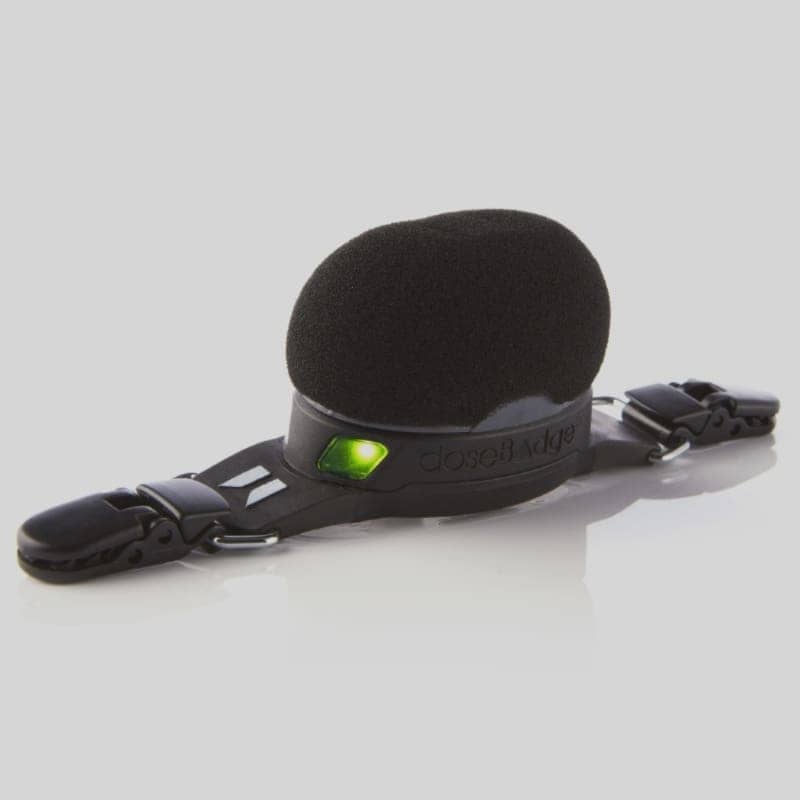
The advanced doseBadge5 personal noise dosimeter offers an enhanced analysis of noise levels and noise frequencies for the ultimate protection against noise in the workplace.
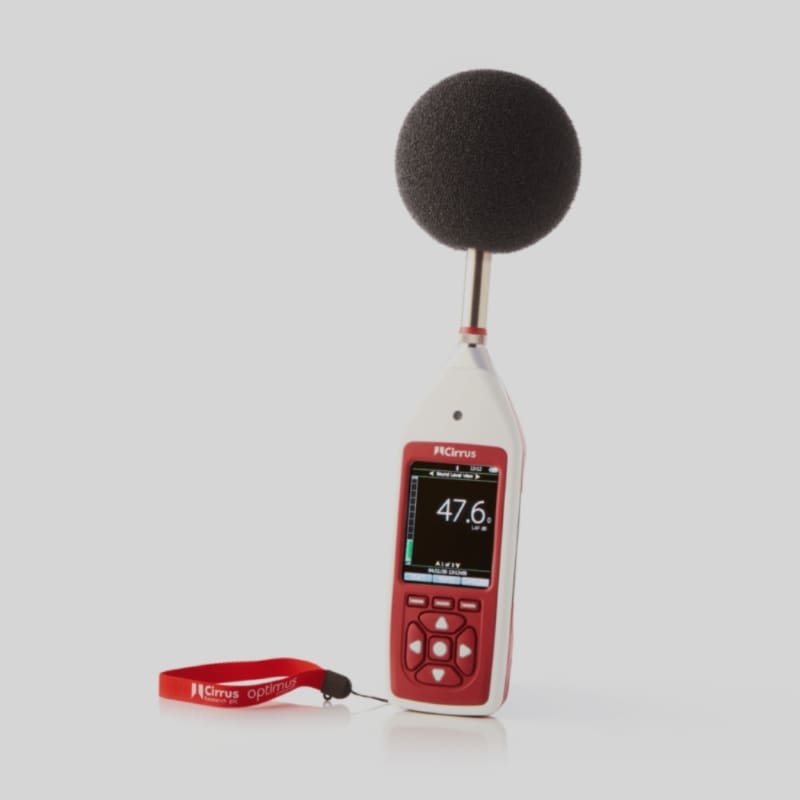
Available as a Class 1 or Class 2 instrument, the Optimus+ Industrial integrating sound level meter is ideal for occupational noise exposure assessments in the workplace.
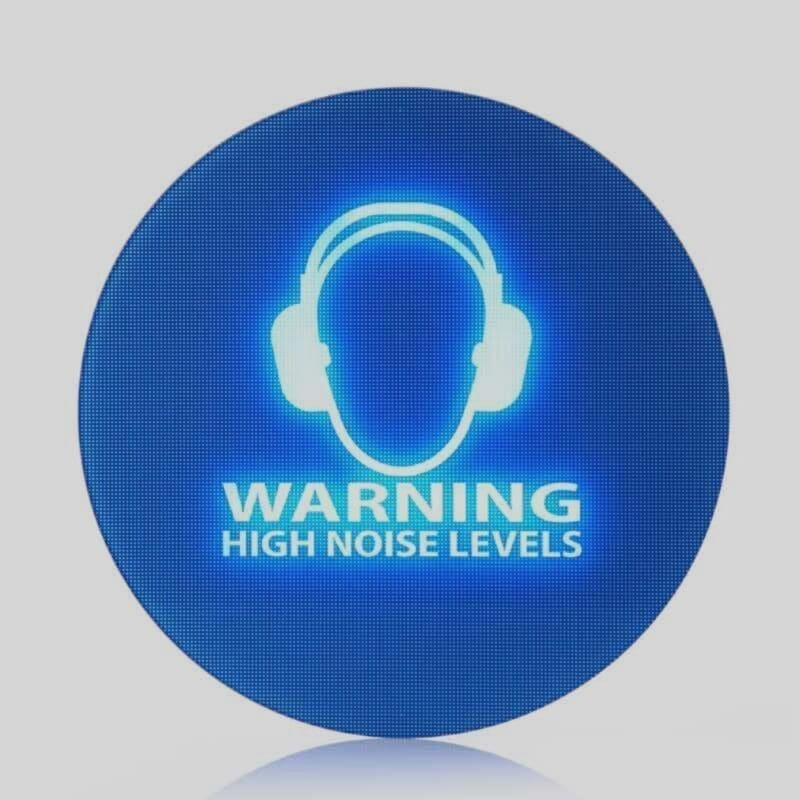
The SoundSign is a noise-activated warning sign for use in environments where you need to warn your employees that a preset noise level has been reached.
Learn more about workplace noise monitoring
If you would like to learn more, our team of workplace noise experts will be happy to help
Whether or not you have a problem with noise at work will depend upon how loud the noise is and how long you are exposed to it.
Noise exposure is a combination of both level and time and it is equally important to consider both of these. This is why the noise measurement instruments that we use measure the noise in terms of a time weighed average which is known as Leq.
As a simple guide you will probably have to do something about noise if any of the following apply:
- Is the noise intrusive – like a busy street, a vacuum cleaner or a crowded restaurant – for most of the working day?
- Do you work in a noisy industry, eg construction, demolition or road repair; woodworking; plastics processing; engineering; textile manufacture; general fabrication; forging, pressing or stamping; paper or board making; canning or bottling; foundries?
- Do employees use noisy powered tools or machinery for more than half an hour each day?
- Are there noises due to impacts (such as hammering, drop forging, pneumatic impact tools etc), explosive sources such as cartridge-operated tools or detonators, or guns?
You can also make some quick checks by listening to the noise and seeing how your employees are communicating with each other:
- Are employees exposed to noise levels which make it necessary for them to shout to talk to someone 1m away? The noise level is probably above 90dB.
- Are employees exposed to noise levels which make it necessary for them to short to talk to someone about 1m away? The noise level here is probably over 85dB.
- Do employees have to raise their voices to carry out normal conversation when about 2 metres apart for at least part of the working day? The noise level here is probably more than 80dB.
The Control of Noise at Work Regulations 2005 require employers to prevent or reduce risks to health and safety from exposure to noise at work. Employees have duties under the Regulations too. The Regulations require you as an employer to:
- Assess the risks to your employees from noise at work
- Take action to reduce the noise exposure that produces those risks
- Provide your employees with hearing protection if you cannot reduce the noise exposure enough by using other methods
- Make sure the legal limits on noise exposure are not exceeded
- Provide your employees with information, instruction and training
- Carry out health surveillance where there is a risk to health.
The Regulations do not apply to:
- members of the public exposed to noise from their non-work activities, or making an informed choice to go to noisy places;
- low-level noise that is a nuisance but causes no risk of hearing damage.
Employers in the music and entertainment sectors had until the 6th April 2008 to comply with the Noise Regulations 2005. They had to continue to comply with the Noise at Work Regulations 1989, which the 2005 Regulations replaced for all other workplaces.
The Noise Regulations require you to take specific action at certain action values. These relate to:
- the levels of exposure to noise of your employees averaged over a working day or week; and
- the maximum noise (peak sound pressure) to which employees are exposed in a working day.
The values are:
- lower exposure action values:
- daily LEP,d or weekly LEP,w exposure of 80 dB;
- peak sound pressure (LCPeak) of 135 dB;
- upper exposure action values:
- daily LEP,d or weekly LEP,w exposure of 85 dB;
- peak sound pressure (LCPeak) of 137 dB.
There are also levels of noise exposure which must not be exceeded. These are called exposure limit values. The exposure limit values are:
- daily LEP,d or weekly LEP,w exposure of 87 dB;
- peak sound pressure of (LCPeak) 140 dB.
When employees are liable to be exposed to noise at or above a lower exposure action value, employers must make a ‘suitable and sufficient assessment’ of the risk from noise to the health and safety of those employees.
An assessment will be suitable and sufficient if it:
- a) has been drawn up by someone who is competent to carry out the task
- b) is based on advice and information from competent sources
- c) identifies where there may be a risk from noise and who is likely to be affected
- d) contains a reliable estimate of your employees noise exposures and a comparison of exposure with the exposure action values and limit values
- e) identifies the measures necessary to eliminate risks and exposures or reduce them to as low a level as is reasonably practicable
- f) identifies those employees who need to be provided with health surveillance and whether any employees are at particular risk
The employer should also prepare an action plan, together with a realistic time scale for achieving these controls.
Finally, the risk assessment shall be reviewed when there is reason to suspect that it is no longer valid. For example, there may have been a significant change in the work to which the assessment relates, new noisy machinery installed, altered work patterns and so on.
In general terms the responsibilities/controls required at the various exposure action values and limit values are as follows:
A) If employees are exposed to noise levels at or above the lower exposure action value (not taking account of hearing protection):
- suitable hearing protectors must be made available
- information and training must be provided
- health surveillance should be provided where there is a risk to health
B) If employees are exposed to noise levels at or above the Upper Exposure Action Value (not taking account of hearing protection):
- a programme of technical and/or organisational measures intended to reduce exposure to noise must be established and implemented (these measures cannot include hearing protection)
- marking, delimiting and restriction of access to areas is required; i.e. designation of Hearing Protection Zones
- the provision and use of hearing protectors is mandatory
- health surveillance must be provided
- information and training must be provided
C) Employers must not permit an employee to be exposed above the exposure limit values (NB taking into account hearing protection). If these values are exceeded:
- immediate action to reduce exposure is required
- the reasons for over exposure must be addressed by reviewing the programme of control measures; i.e. technical and organisational controls
- the adequacy of any hearing protection supplied and the systems in place to ensure that noise-control measures and hearing protection are fully and properly used and maintained.
“When making measurements to estimate the noise exposure of a person at work, you need to ascertain the equivalent continuous A-weighted sound pressure level (LAeq) that represents the noise the person is exposed to during the working day. You also need to ascertain the maximum C-weighted peak sound pressure level or levels to which the person is exposed.”
The action levels described in the regulations are given as daily (LEP,d) or weekly (LEP,w) exposure values along with peak sound pressure levels, all in dB. A sound level meter cannot measure LEP,d or LEP,w directly as these are calculated from two other parameters which are recorded during the measurement. These are:
- The equivalent continuous A-weighted sound pressure level in decibels that represents the sound the person is exposed to during the working day. This is commonly known as the Leq and may be shown as LAeq or LAeq,t
- The duration over which the Leq is measured
With this information, you can calculate the LEP,d using the formula given in the Noise at Work Regulations (Schedule 1 Part 1 paragraph 1). You should also measure the maximum C-weighted peak sound pressure level:
- This will usually be displayed on your sound level meter as Peak(C) dB or LCPeak
- In accordance with the regulations, this should always be measured with C-weighting
With these two measurements for each different activity to be assessed, you can calculate the LEP,d and where required the LEP,w values.
If you will need to provide PPE or hearing protection, you may also need to record additional values such as the C-weighted Leq (LCeq) or the Leq of the noise in Octave Bands. This information can be used to assess the effectiveness of hearing protection.
The Optimus+ Industrial sound level meters can provide these functions in addition to the LAeq and C-weighted peak values.
How you make these measurements will depend upon different factors but in most noise measurements are made with either a Sound Level Meter such as the Optimus+ Industrial or a personal noise dosimeter such as the doseBadge.
Sound Level Meters
Your sound level meter should:
- At a minimum be capable of measuring
- Equivalent Continuous Sound Pressure Level (LAeq)
- C-Weighted Peak Sound Pressure (LCPeak)
- Optionally be capable of measuring
- C-Weighed Leq for selection of PPE using the HML method
- Octave band Leq values for selection of PPE using the Octave Band method
- Meet at least the requirements of
- Class 2 of BS EN 61672-1:2003 (the current standard for sound level meters or
- Type 2 of BS EN 60804:2001 (the former standard)
You should be able to calibrate your sound level meter using an Acoustic Calibrator which meets the requirements of at least Class 2 of BS EN 60942:2003.
To ensure that your equipment is calibrated correctly, you should not use a sound level meter and acoustic calibrator from different manufacturers unless you have very specific information and instructions as to how these two units will work together. It is possible to create large errors in the calibration level which should be avoided wherever possible.
The Optimus+ Industrial sound level meters will provide all of these functions and are the ultimate tool for noise at work measurements.
Noise Dosimeters or Personal Sound Exposure Meters
A noise dosimeter may be very useful for measuring noise exposures of workers who are mobile, driving vehicles, working in environments where access is difficult or where their working pattern varies significantly and may be difficult to predict. A noise dosimeter should:
- measure the LAeq and LCPeak values over the measurement
- be calibrated in the same way as a sound level meter before, and ideally after, each measurement
- meet the requirements of BS EN 61252:1997 (Note that noise dosimeters have no class or type number)
The doseBadge is the ideal noise dosimeter for this type of noise measurements.
Acoustic Calibrators
An acoustic calibrator should be used to check the meter each day before and after making any measurements. An acoustic calibrator will generate a tone at a specified level and frequency for a specified microphone.
This is the reason that you should not use an acoustic calibrator and sound level meter from different manufacturers without some very detailed and specific information. Some sound level meters may have an internal electrical calibration. Be aware that this type of calibration does not check the microphone capsule which is the most commonly damaged part of a noise meter.
Your acoustic calibrator should meet at least Class 2 of BS EN 60942:2003. We would recommend a CR:514 Class 2 Acoustic Calibrator for use with our Class 2 Optimus sound level meters and the CR:515 Class 1 Acoustic Calibrator for use with our Class 1 Optimus sound level meters.
The Reader unit supplied with the doseBadge features an acoustic calibrator that meets these specifications.
Noise at Work Directive 2003/10/EC is officially known as the “Directive 2003/10/EC of the European Parliament and of the Council of 6 February 2003 on the minimum health and safety requirements regarding the exposure of workers to the risks arising from physical agents (noise)”.
In the directive, the following limit and action values are defined:
- (a) exposure limit values: LEX,8h = 87 dB(A) and LCpeak = 200 Pa respectively;
- (b) upper exposure action values: LEX,8h = 85 dB(A) and LCpeak = 140 Pa respectively;
- (c) lower exposure action values: LEX,8h = 80 dB(A) and LCpeak = 112 Pa respectively.
Where:
The daily noise exposure level (LEX,8h) is the average noise exposure level for a nominal 8-hour working day as defined by ISO 1999
The peak sound pressure (LCpeak) is the maximum value of the ‘C’-frequency weighted instantaneous noise pressure.
The Member States are to comply with this Directive before 15 February 2006. However, there may have an additional period of five years from 15 February 2006 with regard to limit values for personnel on board seagoing vessels. And, for the music and entertainment sectors.
Member States have a maximum transitional period of two years from 15 February 2006 (i.e. five years in total) to comply with this Directive, provided that, in the meantime, the levels of protection already achieved are maintained.
As of August 1981, OSHA noise exposure standards consist of a two-stage program where hearing conservation measures become mandatory at 85 dBA for an 8-hour day but feasible engineering or administrative noise controls are required when exposures exceed 90 dBA.
Hearing Conservation Programs – include annual audiometric testing and provision of hearing protectors.
Engineering Controls – include reducing machinery noise through redesign, replacement with quieter equipment or by reducing the transmission of noise along the path from source to receiver.
Administrative Controls – include reducing noise exposure by limiting the time an employee is exposed to given noise levels.
